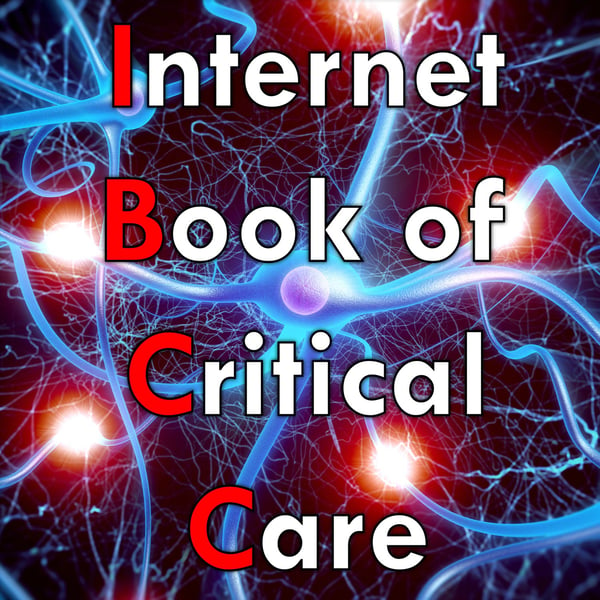IBCC Episode 2 - Ischemic Evaluation in the Non-Cardiac Patient
The Internet Book of Critical Care Podcast
Adam Thomas
5 • 714 Ratings
🗓️ 12 September 2018
⏱️ 77 minutes
🧾️ Download transcript
Summary
In this episode, Josh takes us through how to approach the type 1 versus type 2 acute coronary syndrome in the ICU. In other words, take a listen to find out what to do with that ECG and troponin.
Transcript
Click on a timestamp to play from that location
| 0:00.0 | Welcome back to the IBCC podcast. |
| 0:07.0 | We're here on our second recording |
| 0:09.0 | and to talk about the ischemia evaluation in the ICU, |
| 0:12.0 | a topic near and dear to our hearts. |
| 0:14.0 | Obviously that's Josh Farkish, |
| 0:15.0 | your work course for this guys, and I'm Adam Thomas. |
| 0:18.0 | So this chapter is all about the approach |
| 0:20.0 | of the ischemia evaluation for the |
| 0:21.1 | non-cardiac ICU patient. And I think staff me, they get really frustrated when we just |
| 0:25.5 | reflexively throw troponins around and we don't know what to do with them. So we're going to cover |
| 0:29.4 | an approach here for how to work up what you think is a cardiac issue in the ICU. Before we get |
| 0:34.8 | started, it may seem during this podcast that I don't care about the heart, |
| 0:38.9 | and that's not true. So I do think that it's important for us to think carefully about our patients |
| 0:44.1 | and consider the possibility of ischemia and evaluate our patients' heart carefully. And for me, |
| 0:49.3 | for most ICU patients, I think it's a good idea to get an admission EKG. It's good to have it as a |
| 0:54.0 | baseline. And for patients with a cardiopulmonary problem, I think it's a good idea to get an admission EKG. It's good to have it as a baseline. |
| 0:54.7 | And for patients with a cardiopulmonary problem, I think it's a really good idea to take a look |
| 0:58.9 | at their heart with a bedside echo. I think those are good initial evaluations for a patient |
| 1:03.7 | coming into the ICU. And that can be useful for a lot of reasons. It can reveal an unexpected |
| 1:07.9 | acute disease process like tamponad, massive pulmonary embolism, |
| 1:11.8 | or it can reveal a chronic disease that will affect how your patient responds to acute illness. |
| 1:16.2 | For example, severe aortic stodosis or chronic pulmonary hypertension. |
... |
Please login to see the full transcript.
Disclaimer: The podcast and artwork embedded on this page are from Adam Thomas, and are the property of its owner and not affiliated with or endorsed by Tapesearch.
Generated transcripts are the property of Adam Thomas and are distributed freely under the Fair Use doctrine. Transcripts generated by Tapesearch are not guaranteed to be accurate.
Copyright © Tapesearch 2025.

